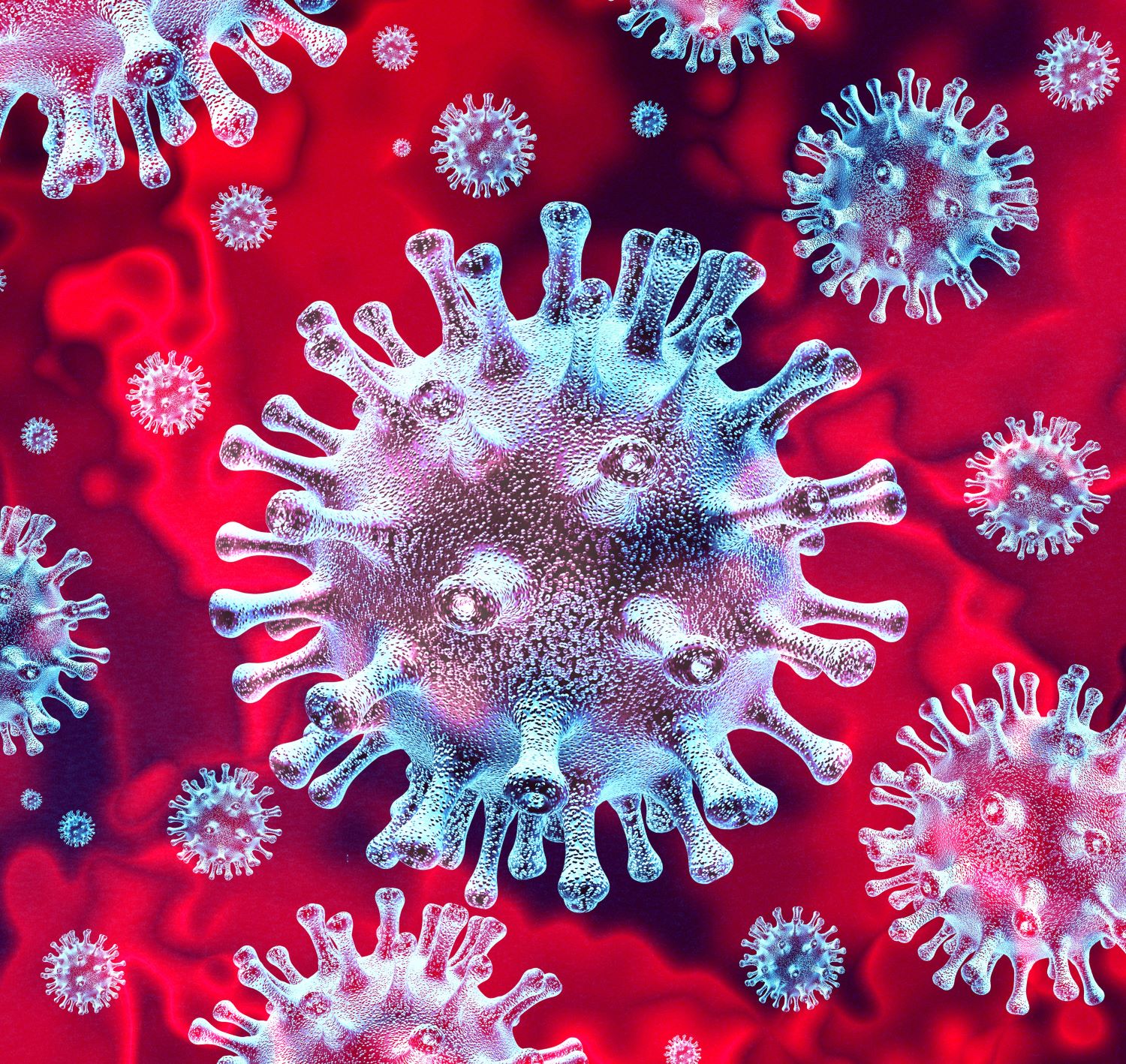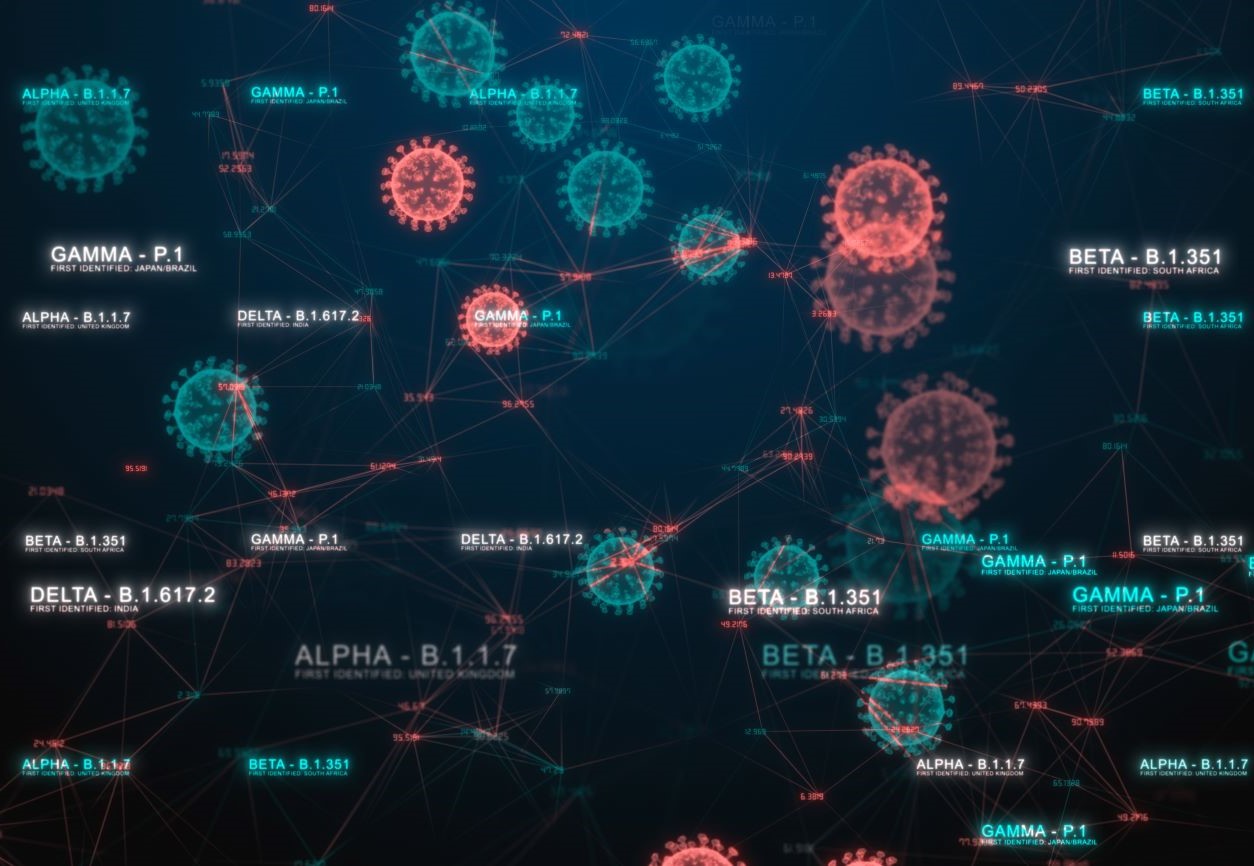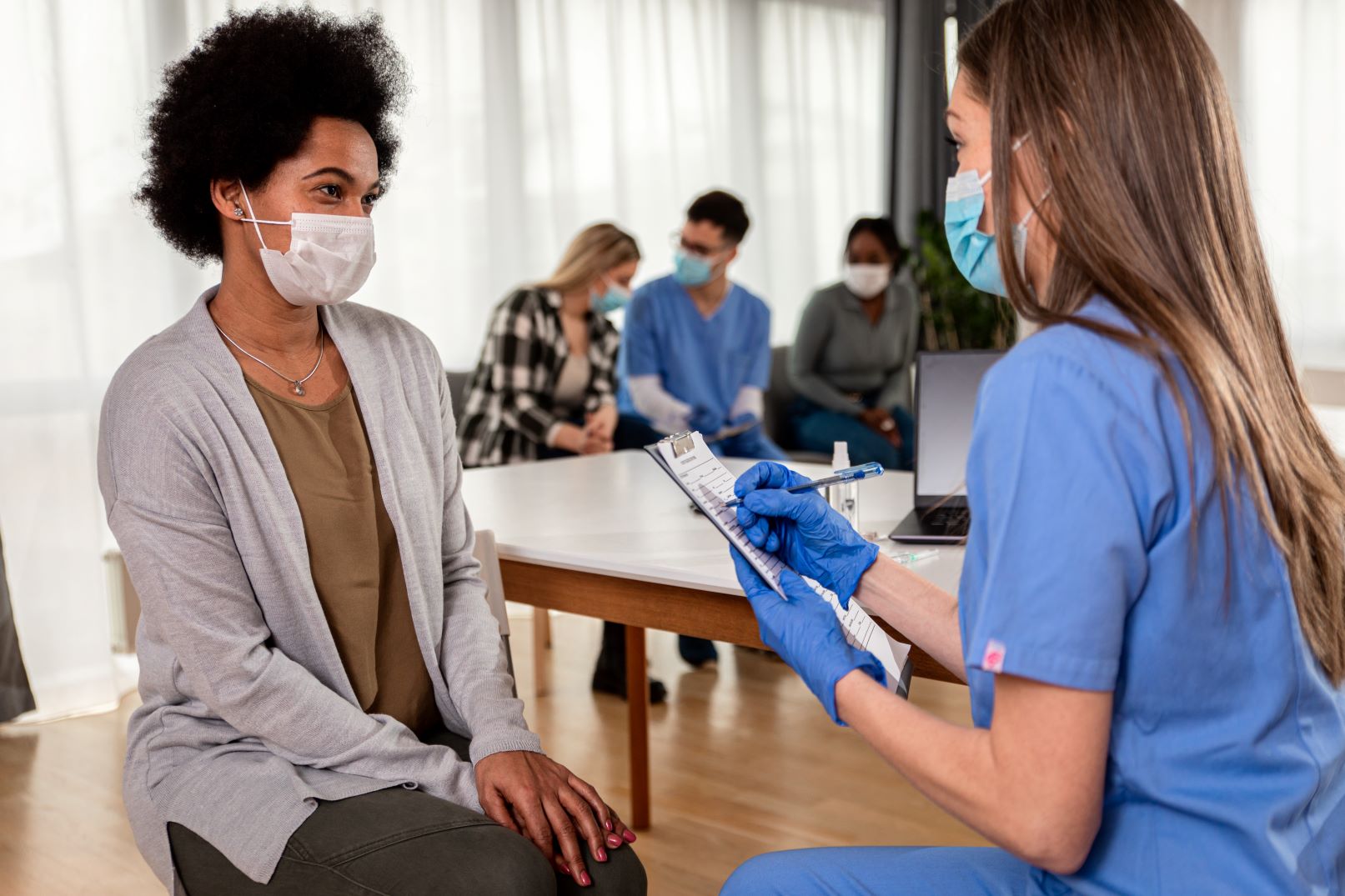2025 Public Health Laboratory Newsroom
Minnesota Public Health Laboratory Remains Central to Tracking COVID-19
COVID-19 may not be making many headlines in 2025, but it remains a major public health threat. According to statistics from the Center for Disease Control and Prevention (CDC), hundreds of deaths in the United States have been attributed to COVID-19 during every week of 2025, at this writing. While this represents a significant change from the more than 25,000 COVID-caused casualties from January 9-15, 2021, the disease remains the country’s tenth-leading cause of death.
 Vaccines were a major factor in reducing the lethality of COVID-19. Creating vaccines depended on public health departments receiving samples of SARS-CoV-2, the virus that causes COVID-19, and analyzing their genetic material in a sophisticated process called “whole-genome sequencing.” This creates a complete map of an organism’s genetic material, or “genome.” Once enough individual viruses’ genomes are mapped out, researchers can develop vaccines much more quickly.
Vaccines were a major factor in reducing the lethality of COVID-19. Creating vaccines depended on public health departments receiving samples of SARS-CoV-2, the virus that causes COVID-19, and analyzing their genetic material in a sophisticated process called “whole-genome sequencing.” This creates a complete map of an organism’s genetic material, or “genome.” Once enough individual viruses’ genomes are mapped out, researchers can develop vaccines much more quickly.
Even after a vaccine is created for a deadly virus, it is vital to continue sequencing genomes of new samples. Viruses evolve quickly into what are known as variants, such as the Omicron variant that caused another surge in COVID-19 infections in late 2021 and early 2022. By continually monitoring the virus variants that are circulating, public health institutions can be prepared to quickly pivot to a new threat. It also provides the data needed to update vaccines and other interventions to ensure continued effectiveness.
Continuing to track COVID-19
The Minnesota Public Health Laboratory was and continues to be a national leader in conducting whole-genome sequencing of COVID-19 samples. Here are the number of samples received and successfully sequenced by the lab since the Omicron variant was prevalent:
| Year Sample Received | Number of Samples Received | Number of Samples Sequenced Successfully |
|---|
| 2022 | 20,293 | 12,366 |
| 2023 | 8,609 | 6,611 |
| 2024 | 6,840 | 5,426 |
| 2025 (through May 12) | 3,105 | 1,698 |
| Total | 38,847 | 26,101 |
After a sample is sequenced, the lab uploads the data to public databases such as Global Initiative on Sharing All Influenza Data (GISAID) or the National Center for Biotechnology Information (NCBI). This information allows medical professionals across the world to work together to modify vaccines and keep ahead of the COVID-19 threat.
The 1,698 sequenced SARS-CoV-2 genomes that the Minnesota Public Health Laboratory has submitted to GISAID in 2025 constitute 2.5% of the global total for the year so far. Minnesota’s population is only 0.06% of the world total. Since the start of the pandemic, the Minnesota Public Health Laboratory has contributed 0.2% of the world’s total of sequenced SARS-CoV-2 genomes.
On the leading edge of a new variant
Currently, a variant of the SARS-CoV-2 virus called XFC has grown in prominence among genomes sequenced in Minnesota. (See Situation Update for COVID-19 for more detail.) It has not been found outside the Midwest in significant percentages at this writing. Part of the reason the Minnesota Public Health Laboratory has been so quick to discover so many XFC variants, relatively speaking, is likely because it has maintained surveillance at such a high extent.
 The XFC variant does not appear to cause more severe illness or increase the risk of mortality. But researchers are carefully monitoring any emerging variants for the potential impact on public health.
The XFC variant does not appear to cause more severe illness or increase the risk of mortality. But researchers are carefully monitoring any emerging variants for the potential impact on public health.
In a larger sense, it is vital to maintain the capacity to detect variants of any disease and discover clusters of infection. This infrastructure can quickly pivot to tackle any emerging infectious disease threat, as it did during the early days of COVID-19. The Minnesota Public Health Laboratory was the first to test samples for COVID-19 infections in Minnesota, before any commercial labs were able. Our lab remained the state’s primary source for COVID-19 testing through March and April 2020. It was also one of the first in the United States to sequence SARS-COV-2 genomes.
The Minnesota Department of Health’s robust surveillance of infectious disease has enabled it to take many leadership roles nationally. For example, Minnesota was one of the original sites of the Centers for Disease Control and Prevention’s Emerging Diseases Program. The program now has 12 sites focusing on new and emerging pathogens.
Key to surveillance of any virus is getting plenty of samples from health care providers. Since the 1990s, the Infectious Disease Epidemiology, Prevention and Control (IDEPC) Division of the Minnesota Department of Health has been building a close network of medical professionals working together to track and combat emerging infectious diseases.
 MDH epidemiologists have fostered relationships with health care providers by impressing upon them how frequent interactions with the Department of Health can be mutually beneficial. Health care providers treat individual patients, while the IDEPC division studies and publicizes what is happening on a population level. Each perspective can improve the performance of the other.
MDH epidemiologists have fostered relationships with health care providers by impressing upon them how frequent interactions with the Department of Health can be mutually beneficial. Health care providers treat individual patients, while the IDEPC division studies and publicizes what is happening on a population level. Each perspective can improve the performance of the other.
IDEPC staff supply clinics, hospitals, etc., with newsletters and other communications that give them a forum to discuss the latest trends in infectious disease. Providers then can then connect what they learn with what their patients are experiencing. Their disease reporting work also plays a critical role in how the Department of Health identifies and intervenes in major outbreaks of disease, as with a recent spate of norovirus outbreaks.
In return, providers are eager to send samples for the Minnesota Department of Health to analyze. The department has put tremendous effort into making it as easy as possible to submit specimens. MDH staff can then look at data on a larger, population-based scale to understand how disease transmission might be occurring in the state or the country. This goes beyond the experiences of a single patient or the patients of one provider. Together, health care providers and the Minnesota Department of Health are focused on the larger goal of making Minnesota a healthier place to live.
Return to the 2025 Public Health Laboratory Newsroom.